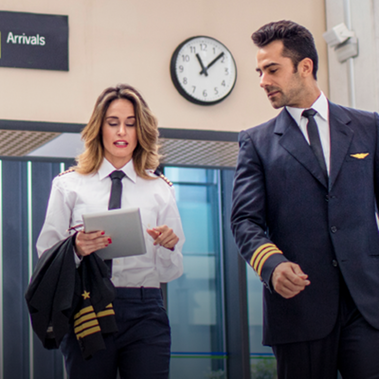Oliver Wyman’s second Flight Operations Brief, based on a global survey and extensive interviews with industry leaders, explores emerging industry trends around flight operations costs, pilot engagement and the pilot pipeline, and increasing pilot gender diversity. Through 2019, aviation saw tremendous growth, with 10 consecutive years of industry profitability. The current public health crisis and its economic fallout, together with other headwinds, such as increased regulatory oversight and concerns about air travel’s environmental impacts, raise questions about what the next decade holds for the aviation industry.
Flight Operations leaders are being challenged to cope with both the momentum from a period of high growth and great uncertainty moving forward. Flight Operations costs as a share of total operating costs have been growing.
Pilot costs rising faster than revenue and total costs, 1991-2019
Indexed, US carriers, stage-length adjusted
Note: 2019 data through Q3. RASM excludes revenue from codeshare and regional operations. CASM excludes transport costs and fuel/oil Source: DOT Form 41 P5.2, P6; PlaneStats.com
What methods are you using to manage Flight Operations costs?
Percent of survey respondents, selecting all that apply

Source: Oliver Wyman 2020 Flight Operations Brief
Airline growth has increased economies of scale, operational complexity, and pilot supply challenges. Critically, engagement with a large, dispersed workforce and increasing workforce diversity remain consistent challenges (only 5.1 percent of pilots globally are women).
While the interviews and survey for this Brief were concluded before the COVID-19 pandemic, we believe the insights it provides will be relevant over the long term, as Flight Operations leaders consider how to rebuild and rescale their operations. Particularly, leaders have an opportunity to work together with pilots to create a new paradigm for pilot engagement, reward, and recruitment. Coming out of this crisis and with a new generation of pilots transitioning into the cockpit, there’s never been a better time for these discussions.
Jeff Green was also a major contributor to this research.








